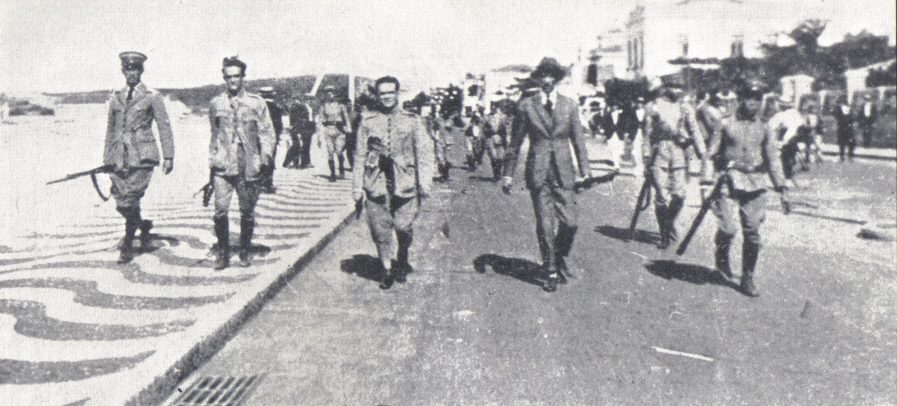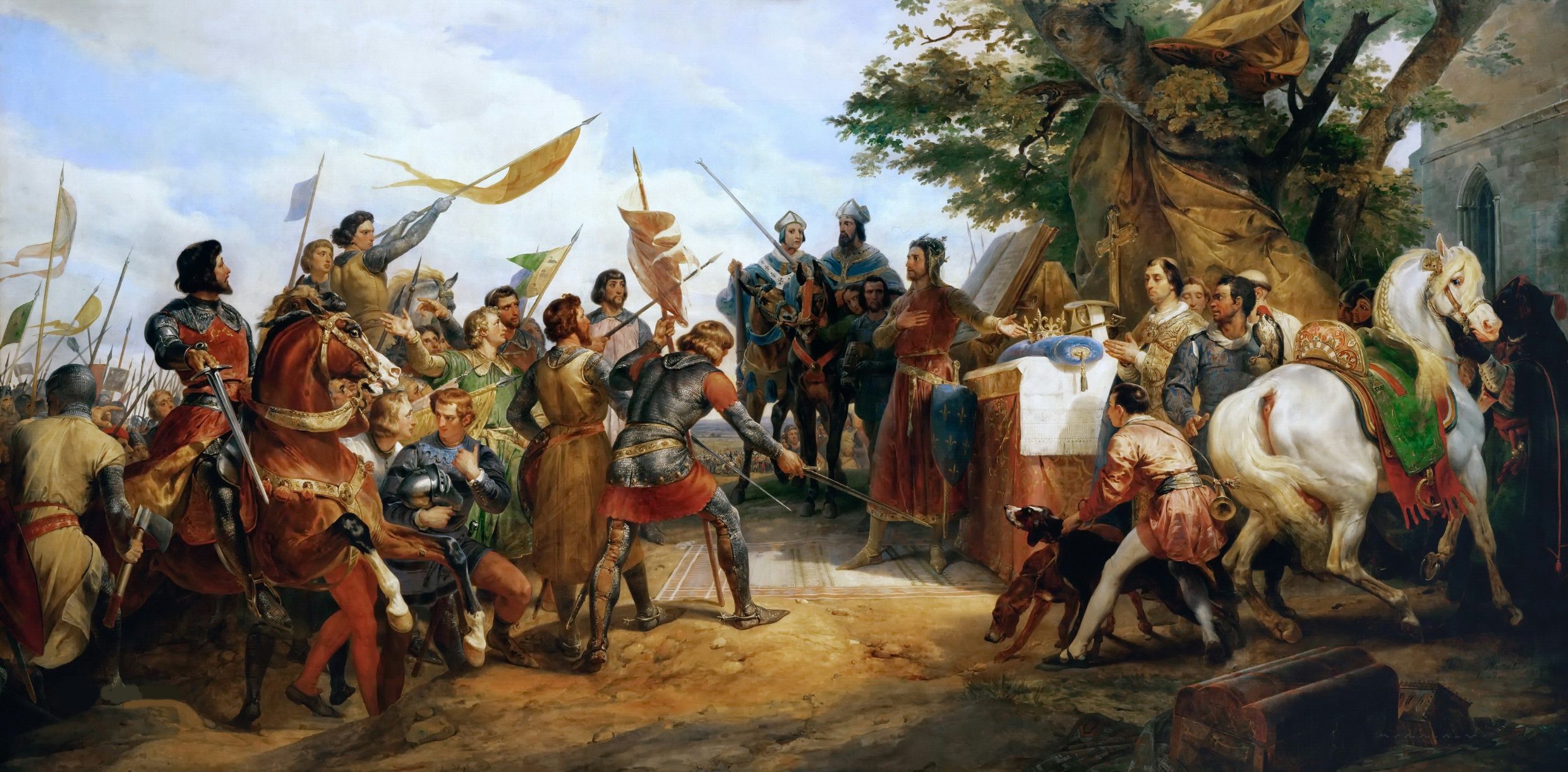Description
The Copacabana Fort revolt, also known as the 18 of the Fort revolt, was one of several movements coordinated by rebel factions of the Brazilian Army against the president of Brazil, Epitácio Pessoa, and the winner of the 1922 presidential election, Artur Bernardes. Acting under the figure of marshal Hermes da Fonseca and supporting the defeated faction, the Republican Reaction, the rebels tried a wide revolt in Rio de Janeiro on 5 July 1922, but only managed to control Fort Copacabana and the Military School of Realengo, in addition to, outside the city, a focus in Niterói and the 1st Military Circumscription, in Mato Grosso. They were defeated, but the revolt marks the beginning of tenentism and the events that led to the end of the First Brazilian Republic.







